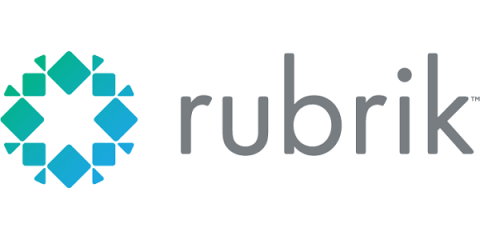Rubrik Enhanced Performance, Usability, and Scale for Microsoft SQL and Oracle Database
Microsoft SQL Server and Oracle Database play a critical role in almost every IT environment. That’s why from the beginning, Rubrik has focused on delivering a single platform that converges data protection and data security to ensure you can rapidly and reliably recover when disaster strikes. Our initial release automated the backup of databases with a single SLA policy engine that enabled customers to automatically protect their Microsoft SQL Server and Oracle databases as they were created.








